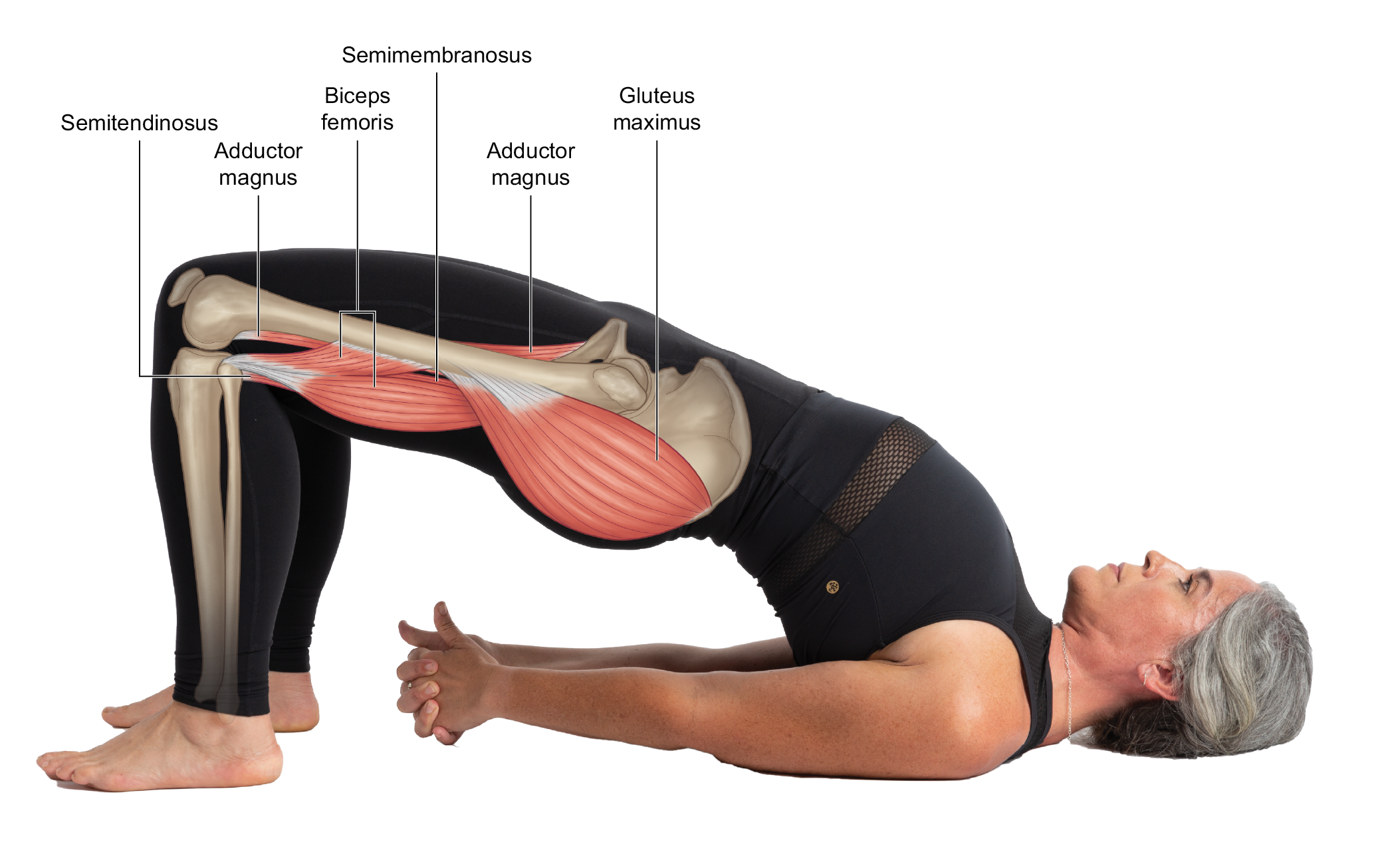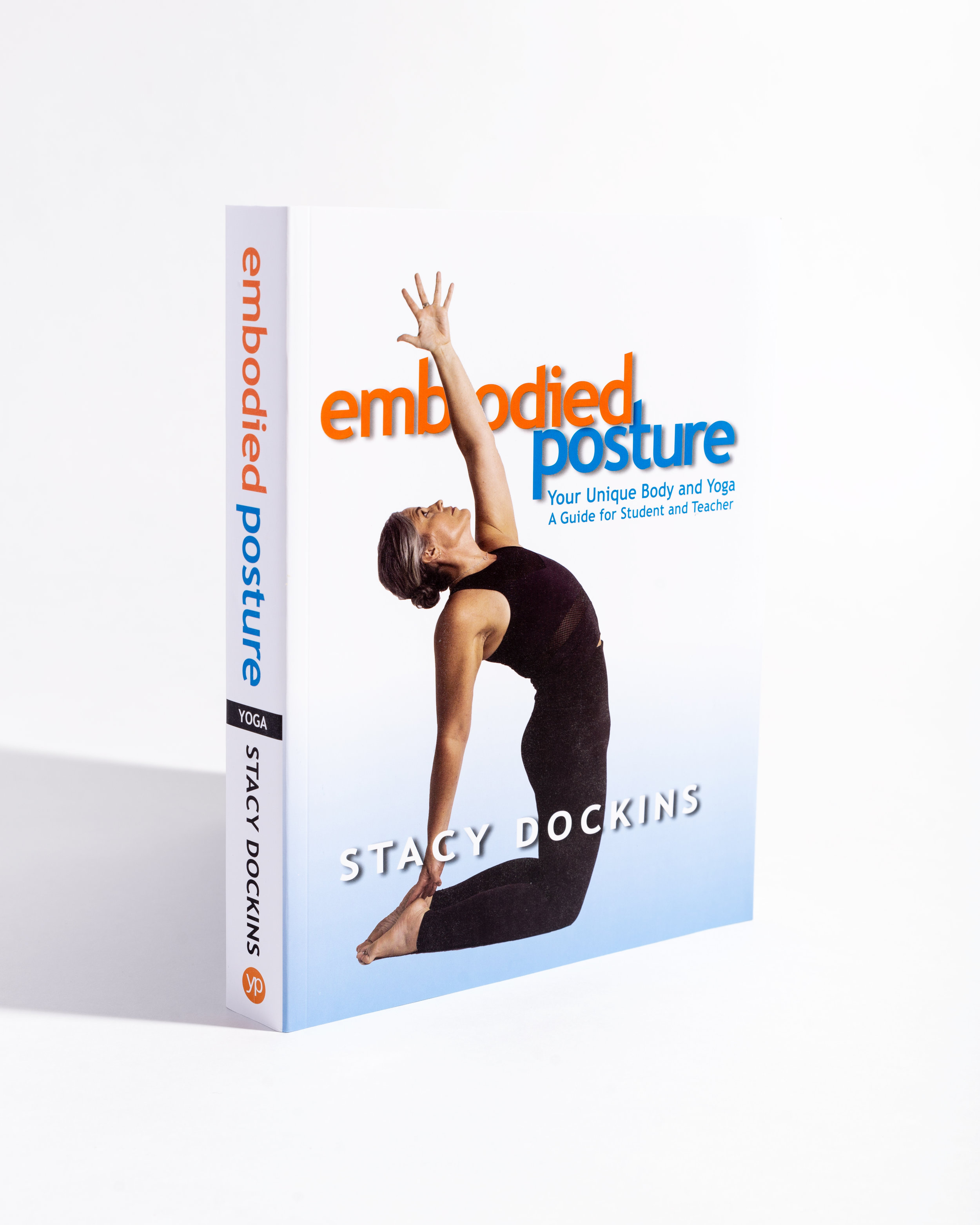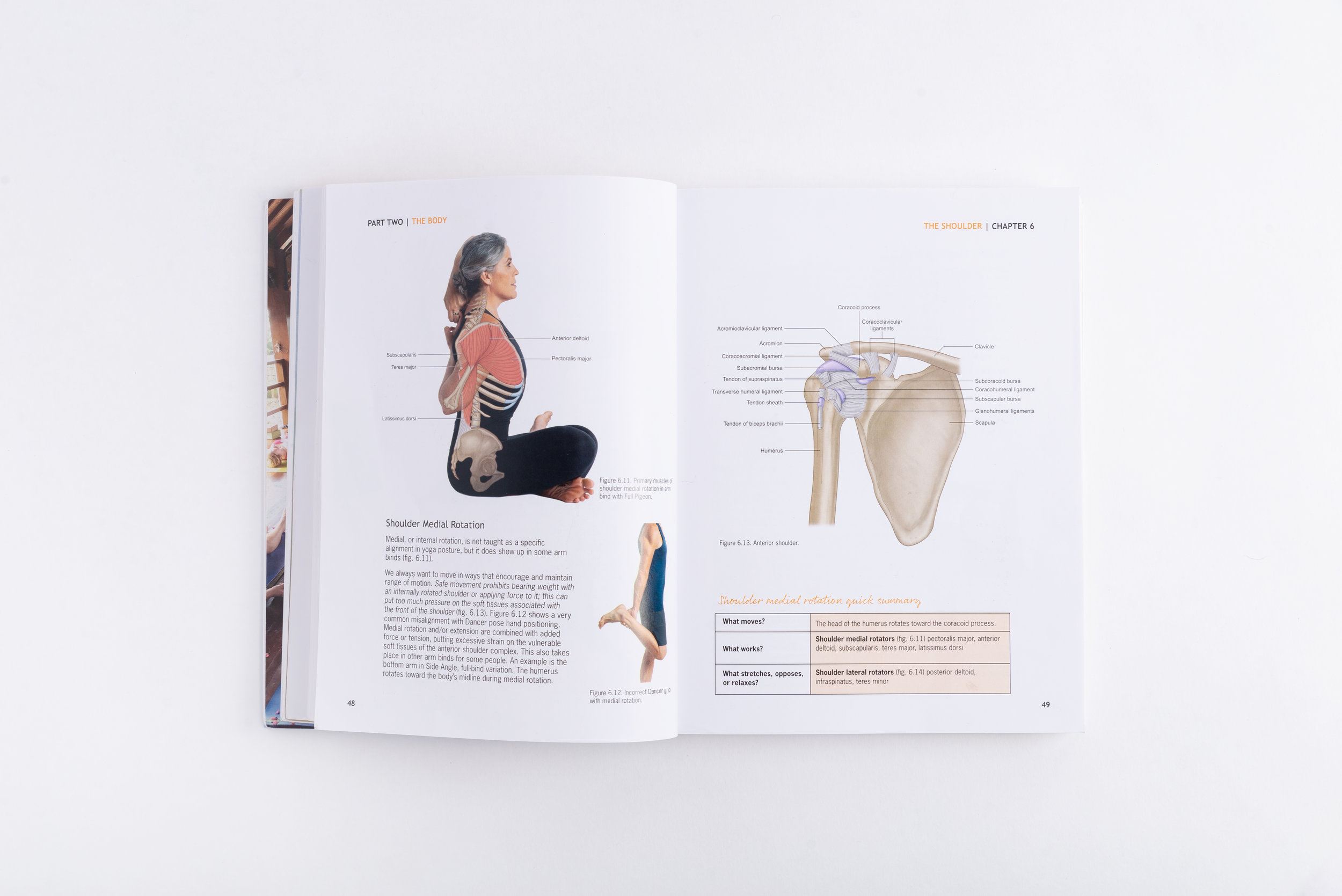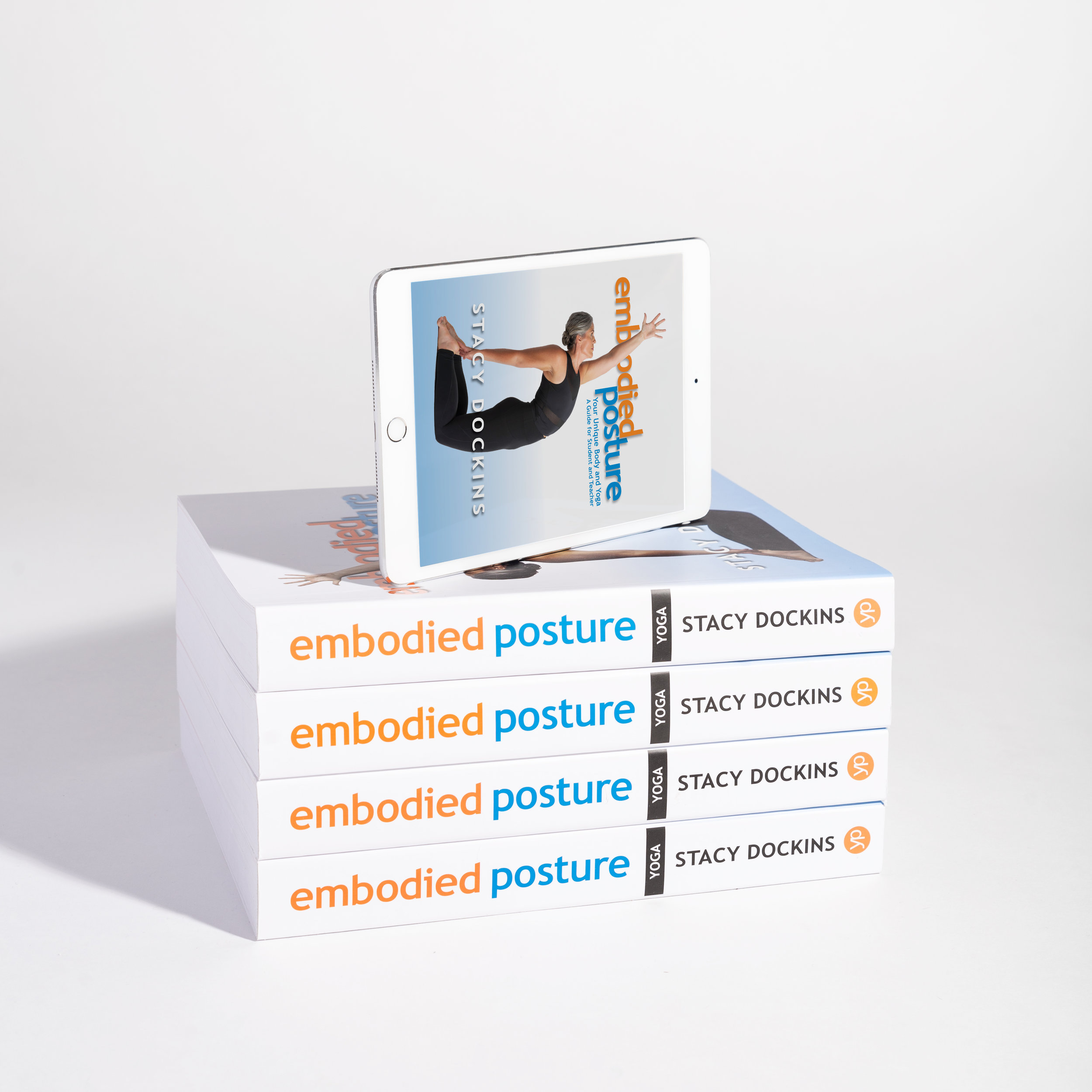Tight Hammies? Wait. Don't Stretch.
One of the most common questions I get is about how to relieve tight hamstrings. Often, I get questions about the best stretches to do. While I have quite the arsenal of hamstring stretches and agree that they can be beneficial at times, I feel conflicted about helping anyone with these stretches without giving them a bigger picture of what's happening. So, here goes!
“Hamstrings—or any muscles—don’t get chronically tight without a reason.”
You might be thinking, well, they don't get tight on their own; I ran, biked, or did something that caused the tightness. Yes, this can be the case, but something else is happening when the tightness continues or becomes chronic. Hamstrings—or any muscles—don't get chronically tight without a reason. However, when you understand how to help yourself beyond stretching, relief is on the way!
There are a few circumstances that can cause chronically hyperactive hamstrings. Here, I will address the primary causes. Keep in mind imbalanced muscles don't exist in isolation. There are typically multiple areas of the body contributing to imbalance, even if it is only felt in one place.
The primary causes of chronic hyperactive hamstrings:
Illustration 7.6 from Embodied Posture: Your Unique Body & Yoga - © Stacy Dockins 2022
Lack of functional core and breath efficiency
Inefficient glute firing
Hyperactive hip flexors and low back extensors
First, I mention the lack of functional core and breath efficiency because it is prevalent and at the root of most body imbalances. Additionally, the term weak core and best remedies are often very misunderstood. The most common pitfall with core work is that it doesn't address the subtle and essential piece of functional breathing patterns. Crunches, bicycles, and leg lifts aren't the answer. This topic is so broad that I will expand upon it in a separate article. Stay tuned.
Glute inefficiency is a big one. Remember that this doesn't just mean glute strength but the timing and integration of glute activation. Many things can cause glute inefficiency, but one common cause is not balancing out the time spent sitting with glute-firing activity. The glutes and hamstrings are synergistic for hip extension, meaning they should work together to extend the hip. When the glutes aren’t doing their job well, the hamstrings have to work more with every single step, pedal stroke, or hip extension. If you walk, run, or cycle, think of how many times the hip has to extend to get you where you are going. Can you imagine why the hamstrings get so hyperactive if they have to pick up so much extra work?!
“When the glutes aren’t doing their job well, the hamstrings have to work more with every single step, pedal stroke, or hip extension.”
Hyperactive hip flexors are another possible piece of the puzzle, and this happens for many reasons. Again, not balancing the time we spend sitting with countering movement is often the cause. Hip flexor imbalance goes hand and hand with loss of efficiency in the glutes and hamstrings. Additionally, the pelvis may chronically tilt forward, creating unnecessary tug on the hamstring insertions, adding to hyperactivity and instability. Also, the low back muscles will often be tight from this tilted forward pelvis. Unfortunately (or fortunately), we can't sit all day, jump up for a run, and expect our bodies to be programmed for pain-free, dynamic movement. As with everything, it's all about balance throughout the day.
I imagine that you’d like some tips on what to do with your hyperactive hamstrings! And, yes—you can still stretch. Stretching can be beneficial as long as it is not the only tool you use. Hopefully, you see that functional breath, core work, and strengthening are also essential.
Here is a brief list of daily movements to do if you have chronic hamstring tightness:
Functional breath and core work (a separate post is coming to expand on this) is essential.
Practice squats to give your butt purpose and to get your glutes back online! Do them in the kitchen, in the shower, or anywhere you can squeeze in 10-15 repetitions.
Basic and gentle stretches for the low back, hamstrings, and hip flexors . Please don't overdo it. Examples: child’s pose for the low back, seated single-leg folds or downward dog for the hamstrings, and low lunges for the hip flexors.
Hip mobilizations. Think of drawing big circles with your knee from many positions: on your back, all 4's like Tabletop, Downward dog, and single-leg stance.
Eccentric hamstring strengthening. Example: in a bridge position, slowly walk your feet away from your hips as far as you can and hold.
I’d love to hear from you. Do you have questions? Is there anything you would like to add to the conversation? Let’s talk.
Be on the lookout for a new class targeting athletes and incorporating these movements to drop in the YP virtual library soon!
Stacy Dockins
MS Kinesiology: Orthopedic Rehabilitation & Exercise Psychology, Curriculum director: YP School of Yoga
author of Embodied Posture: Your Unique Body and Yoga
Interested in a different approach to learning anatomy? Check out Stacy’s 12-month Embodied Anatomy Mentorship





